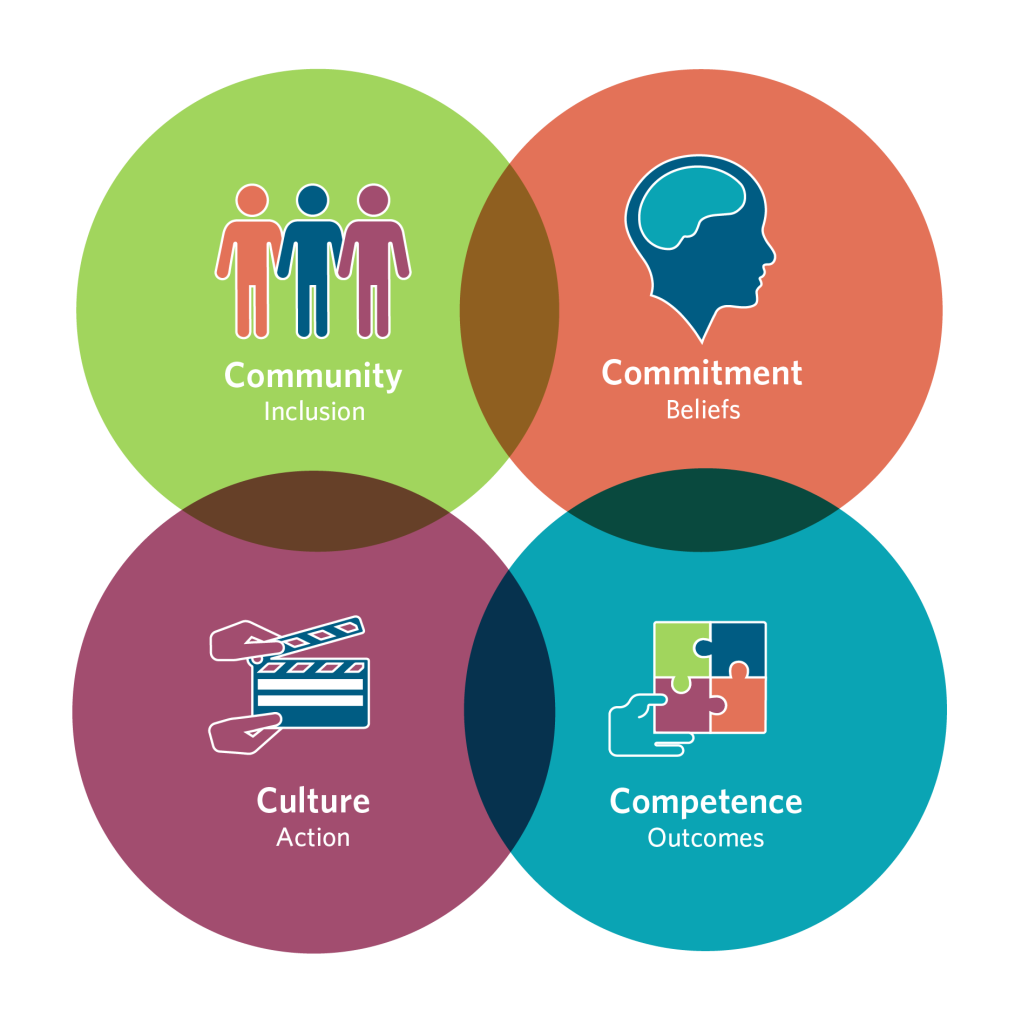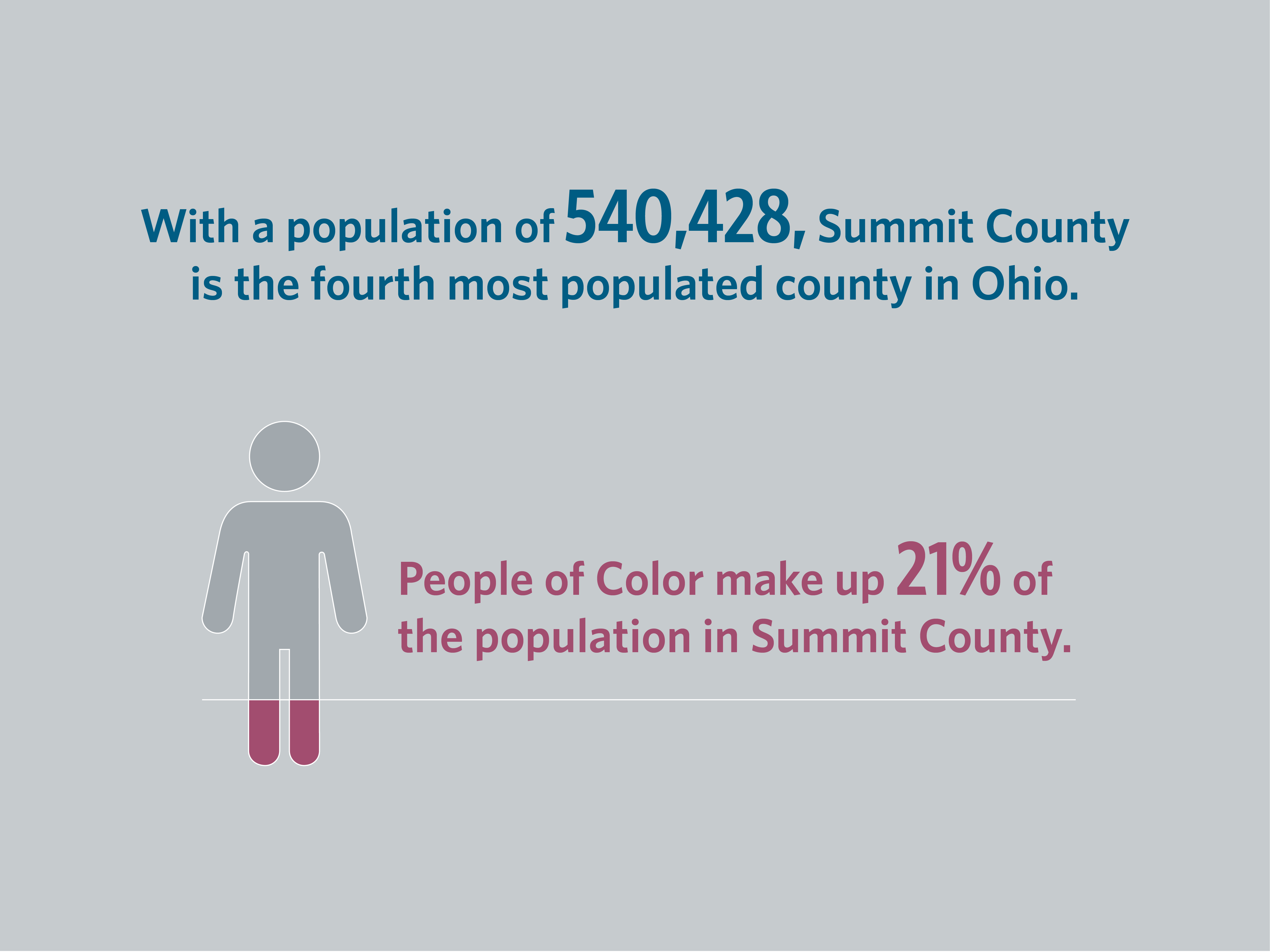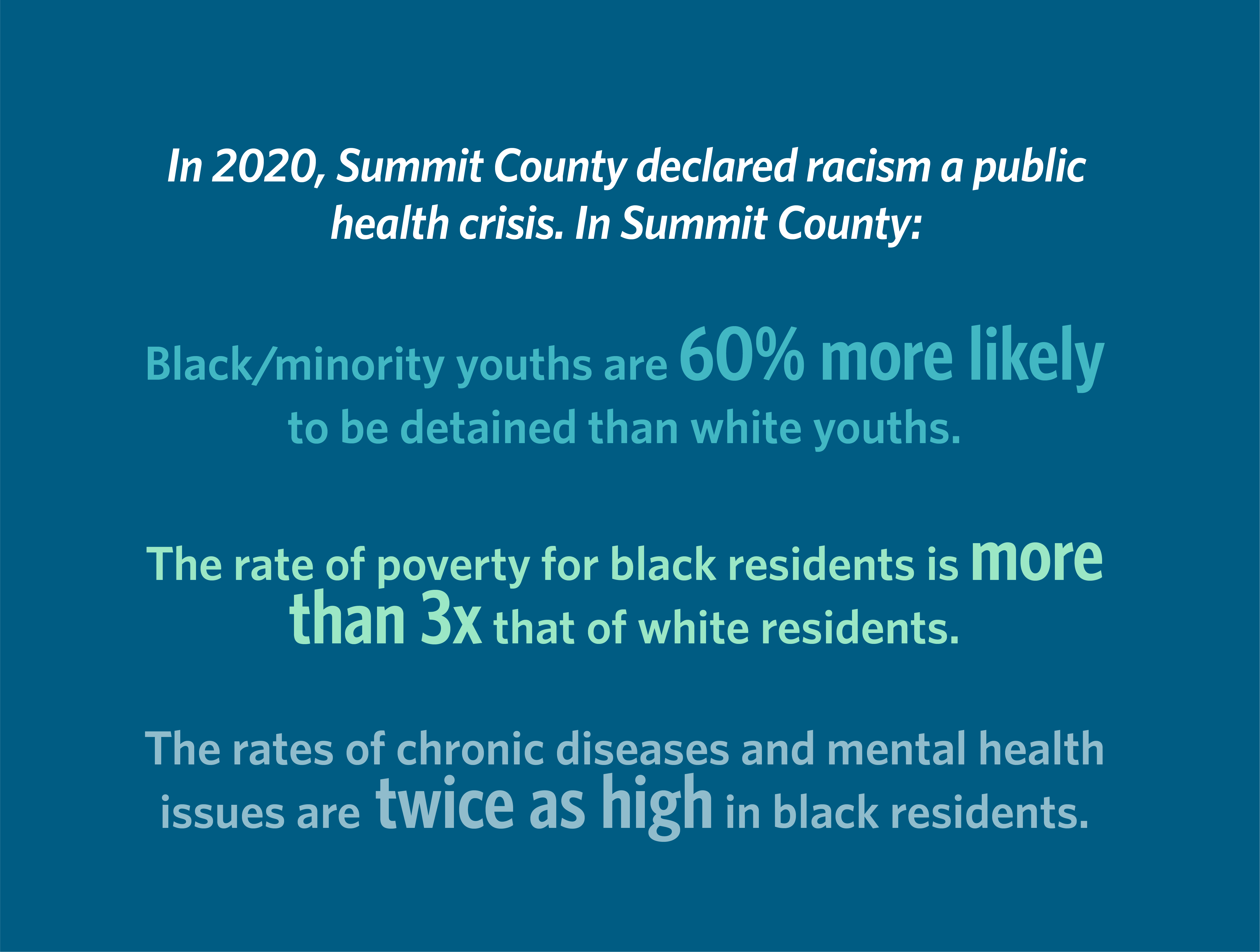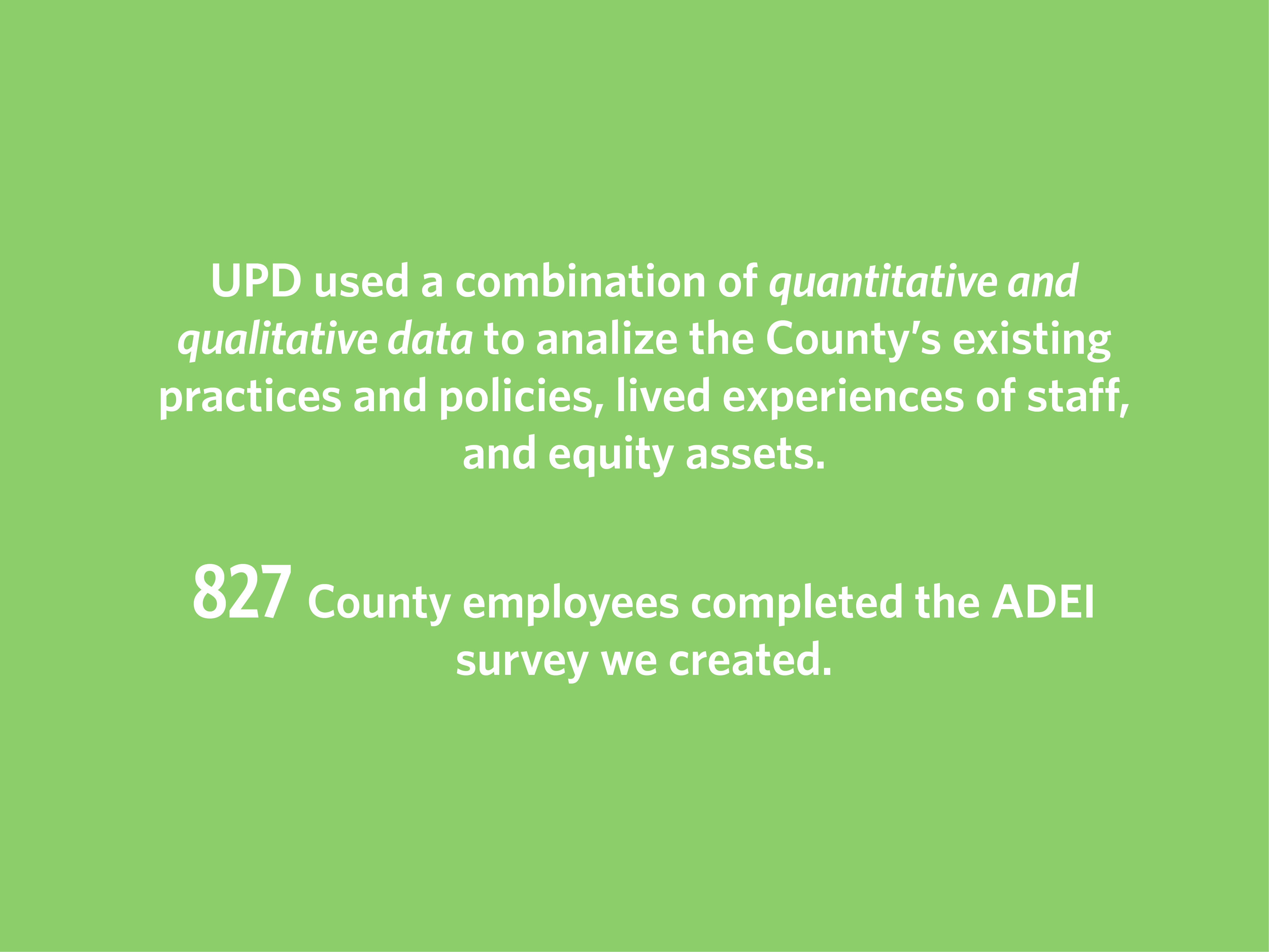Working through Racism as a Public Health Crisis with Summit County (OH)
PARTNER: Summit County (Ohio)
SERVICE AREA: ADEI & Continuous Improvement
LOCATION: Ohio
TIMEFRAME: July – December 2021
The Approach
The assessment was focused on answering three critical questions:
- To what extent are County leaders and staff able to identify inequitable policies and practices?
- To what extent has the County examined the effect of systemic inequities over time?
- To what extent does the County know and understand where it is in the change process and how best to move across the Continuum to Becoming an Anti-Racist, Multicultural Institution?
Our Summit County report made the news, highlighting racial inequities as well as the lack of important data needed for structural change. Read the article here.
Data Analysis
ANALYSIS OF QUANTITATIVE DATA
UPD analyzed disaggregated staff data to gain a better understanding of differences across departments and agencies and populations of staff. The team also worked with Summit County to conduct and analyze a staff survey focused on power and decision making as well as opportunities and barriers to diversity, equity, and inclusion.
[Data: 827 County staff of just over 2000 employees completed the ADEI survey we created]
ANALYSIS OF QUALITATIVE DATA
In order to develop a more complete picture, UPD engaged in interviews, focus groups and a review of key documents. Interviews and focus groups were comprised of a diverse set of County employees and were focused on examining systemic internal operations around human capital, factors that contribute to or inhibit equitable experiences, and providing a safe space for conversations about antiracism, diversity, equity, and inclusion. The document review consisted of 50 key documents that fell in the categories of strategic planning, ADEI work in the community, human resources, and budgetary resource allocation.
UPD’s 4Cs Framework

UPD primarily approached the analysis of the County’s existing practices and policies, lived experiences of staff, and County assets across the four pillars of the firm’s 4Cs equity framework.
A key characteristic of the assessment methodology was a two-armed approach: quantitative and qualitative. This approach calls for intensively holistic design, engagement, and communication processes that produced a comprehensive set of findings and high-leverage, actionable recommendations for Summit County to begin to dismantle systemic racism across the county.
The Impact
With the experience of having traveled through the assessment journey with the UPD team, and equipped with the assessment’s detailed findings and recommendations report, Summit County was positioned to move forward with critical culture, policy, and practice changes in the areas of human resources, budgeting, and procurement. The assessment outcomes strongly encouraged County leaders, employees and the larger community to take an intentional and strategic approach to the necessary change management work, being aware of “equity detours”, and taking action that advances the County, both its agencies and residents, that dismantle racism and its effects. The next big step for the County is creating communication channels to share the insights and open the dialogue to codesign the path forward.
The County decided to extend the engagement with UPD to ensure the strategic action planning process would lead to improved outcomes for staff and residents of underrepresented groups. UPD’s approach to strategic planning leverages a series of facilitated sessions with small groups of diverse stakeholders to develop an actionable plan that provides tactical guidance, education, and accountability mechanisms to drive implementation. The plan will outline the specific actions, timelines, estimated budget, and name the responsible departments and individuals to carry out the various aspects of the plan to dismantle systemic barriers across the County. UPD will also help establish a performance management routine for the County to monitor the progress of the plan’s implementation and share that information transparently with stakeholders on a more consistent basis.


